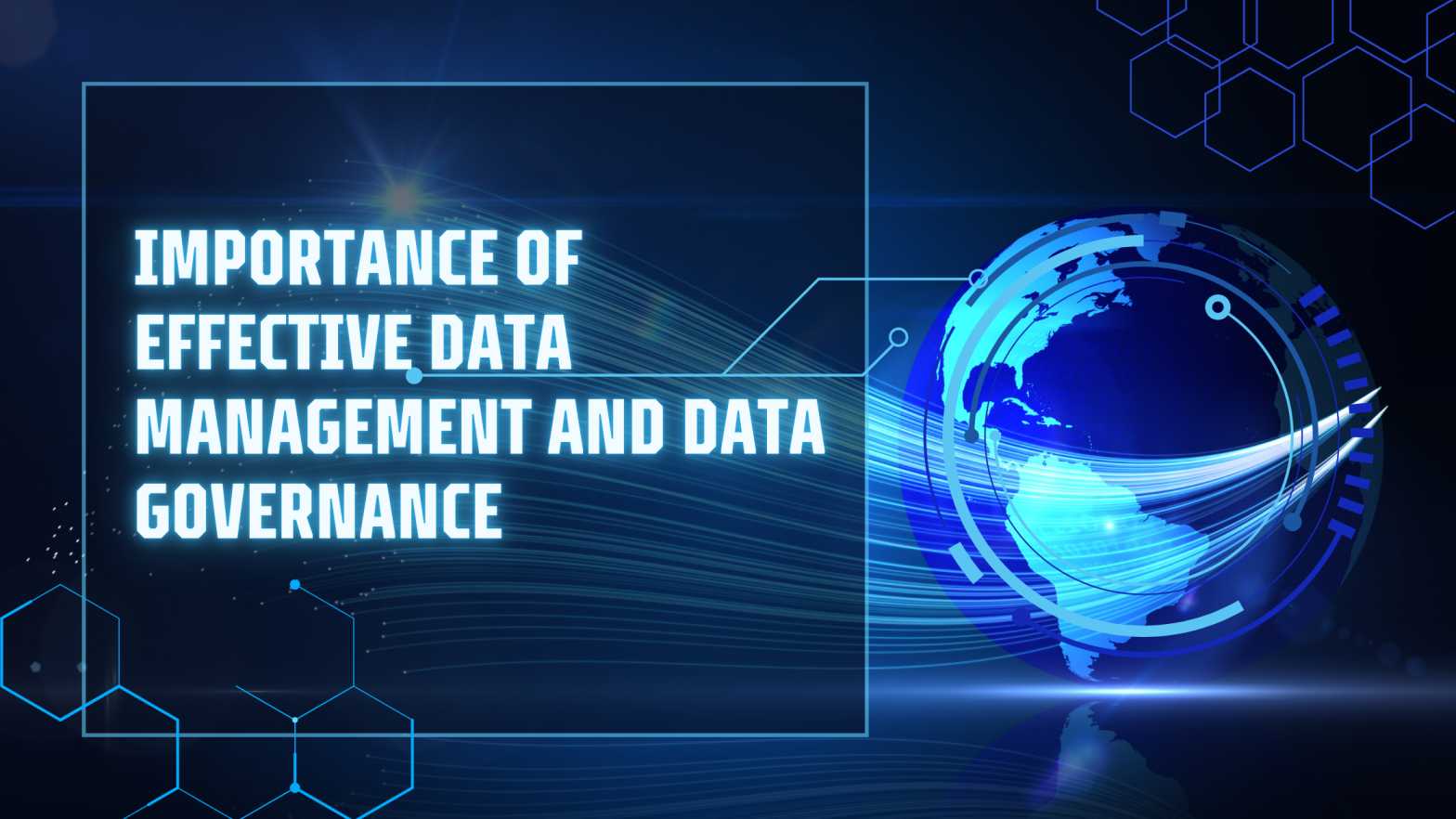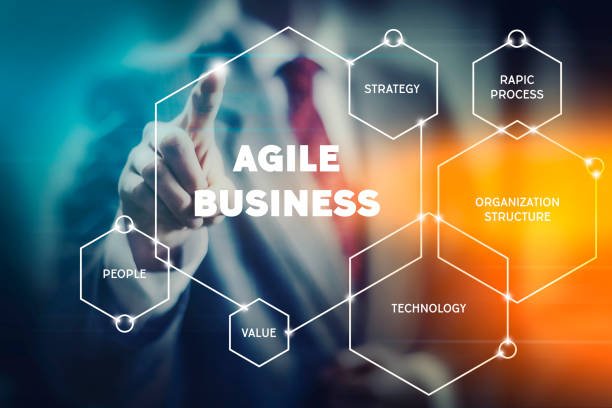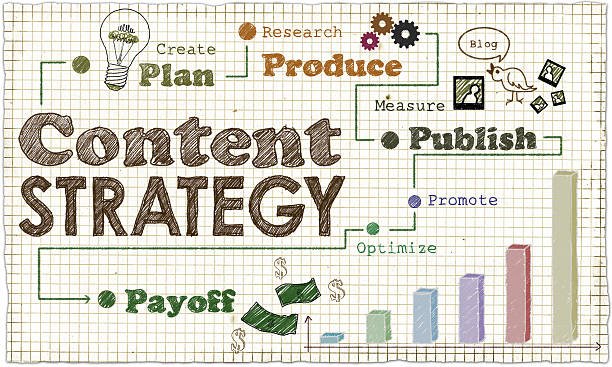Did you know that transportation accounts for approximately 80% of the world’s total logistics cost?
Transportation plays a pivotal role in logistics management, serving as the foundation for the seamless movement of products from producers to consumers. As enterprises broaden their reach and delve into international markets, the demand for dependable and effective transportation methods intensifies. Research indicates that by 2050, worldwide cargo transport is projected to be three times its current volume, given the trajectory of business expansion. This underscores the necessity for businesses to strategise their transportation choices wisely.
Furthermore, with the increasing emphasis on sustainability and reducing carbon emissions, the transport sector, which according to the International Energy Agency, is responsible for direct CO2 emissions from fuel combustion, is under pressure to adopt greener practices. This has shifted the focus towards more sustainable modes of transport for logistic management.
In this piece, we’ll delve into a side-by-side assessment of various transportation methods within logistics, weighing their pros and cons and determining their aptness for specific cargo types.
Modes of Transport – Advantages and Disadvantages
Let’s look at some of the top modes of transport for logistic management while helping you understand which of these work best and also provide an industrial overview with its advantages and disadvantages.
Road Freight
Road Freight is one of the most popular modes of transport across the world for logistic management. It is mostly used when products are transferred across borders or directly delivered to customers. People in Canada and the USA often choose this mode over others. Let’s look at its advantages and disadvantages –
Advantages
- Road transport offers unparalleled flexibility, allowing for real-time route adjustments. According to data from the World Bank, roadways handle the movement of more than 70% of the world’s goods by volume.
- For relatively shorter routes, trucks and lorries tend to be the most practical transportation choices. Notably, they offer simpler tracking capabilities compared to ships or aeroplanes.
- One of the primary advantages of road transport is the ability to provide door-to-door services, eliminating the need for intermediate handling of goods.
Disadvantages
- As per the INRIX 2018 Global Traffic Scorecard, traffic congestion costs the global economy billions of dollars annually due to lost productivity. Road transportation is generally at a higher risk of breakdowns and transportation.
- Road freight usually takes longer than other modes of transportation, like rail or air. There could be unforeseen delays like weather conditions or closures due to accidents.
Sea Freight
After road freight, sea freight is the star of world trade in logistic management. According to OCED, approximately 90% of goods are transported via the sea. This is primarily because ships are designed to handle much larger cargo loads compared to air transport. For those looking to move goods in large quantities, maritime shipping is the preferred choice. Let’s look at the advantages and disadvantages of sea freight –
Advantages
- Shipping is often the most economical choice for international trade. Cargo ships can carry thousands of tons, making them the perfect choice for bulk transportation at a reasonable price. They can carry large machinery, raw materials, and vehicles.
- Per ton-mile, ships are among the most energy-efficient modes of transport, making them far more efficient than air freight.
Disadvantages
- Sea transport typically has longer transit times compared to air or rail.
- Efficient shipping requires a well-developed port infrastructure.
- Shipping schedules can be disrupted by adverse weather conditions.
Air Freight
If you want a speedy delivery for logistic management, Air Freight should be your number one choice. This transportation method is accessible worldwide. While it might not be suitable for transporting large volumes of materials, it offers a quicker solution for shipping goods. Let’s look at the advantages and disadvantages of air freight.
Advantages
- For international shipments, air transportation can reduce the transit time significantly. The International Air Transport Association (IATA) states that about 52 million metric tons of goods are transported annually, representing more than 35% of global trade by value.
- Flight schedules are typically consistent, except during weather conditions.
- Items like pharmaceuticals, electronics, and fresh produce often rely on air transport because of its speed.
Disadvantages
- Air transportation costs can often exceed those of other transportation methods.
- Air freight has stringent restrictions regarding the cargo’s weight and size.
- Even with improved fuel efficiency, air travel remains a contributor to worldwide carbon emissions.
Rail Freight
Another extremely popular mode of transportation for logistic management is Rail transport. Railways play a crucial role in moving goods between continents, notably in regions like North America and Europe with well-integrated rail systems. Many large corporations prefer this mode for its speed and efficiency, ensuring their products are distributed globally. Here are the advantages and disadvantages of rail freight –
Advantages
- Rail systems are adept at moving significant volumes of goods over expansive stretches. The Association of American Railroads notes that railways handle more than 40% of the long-haul freight in the U.S.
- Rail transport offers cost advantages, especially for transporting commodities like coal, metals, and agricultural products.
- Railways are often more fuel-efficient than trucks, emitting fewer greenhouse gases per ton-mile.
Disadvantages
- Rail routes are fixed, offering less flexibility compared to road transport.
- Rail transport often necessitates the use of road transport for the initial and final legs of the journey.
To Wrap Up
The logistics and transportation sector is undeniably important to the global economy, ensuring that goods reach their destinations efficiently and effectively. Each mode of transport has unique advantages and disadvantages, catering to different needs and scenarios. Transportation dynamics are continually evolving with the rapid advancements in technology and the increasing emphasis on sustainability.
Understanding these nuances is paramount for those aspiring to make a mark in this field. A career in supply chain management offers a plethora of opportunities to work closely with these modes of transport, strategising and optimising the flow of goods across the globe. Enrolling in a comprehensive supply chain course can provide individuals with the necessary knowledge and skills to navigate the complexities of this sector. As global trade continues to grow, so will the demand for professionals who can ensure that goods move seamlessly, making supply chain management a promising and rewarding career choice for the future.










